Every car owner wants their car to look good and stand out. Keeping that new-car shine is really important for both beauty and when you sell your car later. Investing in a protective paint guard for cars makes a lot of sense, whether you have just purchased a new car or a pre-owned one. Things such as the environment and the everyday use of a car can damage the exterior of the vehicle. Hence, car paint protection is not just for luxury vehicles but for anyone who wishes to maintain the aesthetic of their vehicle and make it last for years to come.
Why Paint Protection Matters for Your Vehicle?
A car’s paint is not just for aesthetics. It is also a first line of defence for a vehicle. Your car paint is subjected to scratches from stone chips, bird droppings, UV rays, and even worsening road salt over time. Worn-out car paint can eventually lead to scratches and rust. Car paint protection is more important than it has ever been. The right paint protection solutions will work wonders. You will not just maintain that dazzling showroom shine, but also make sure that your car’s value is high. It will minimize the amount spent on repairs and make it look new for extended periods.
Overview of the Most Common Paint Protection Options
The solutions in the market are tailored to different needs. The two most popular options are paint protection film (PPF) and vehicle ceramic coating. Users purchase these products for their appearance and their protective value. Key types of paint protection options:
- Paint Protection Film (PPF): A transparent film applied to the surface of a vehicle that offers protection against minor abrasions, rock chips, and other blemishes. Some of these films even have self-healing capabilities for minor scratches.
- Ceramic Coating for Cars: This is a liquid that forms a chemical bond with a car’s surface. It provides a glossy finish and shields the surface from water, dirt, and UV rays, making washing the car significantly easier.
- PPF and Ceramic Coating Combination: Some individuals combine paint protection film and ceramic coating for cars. This provides exceptional protection while offering a glossy and slick appearance, which is the best of both worlds for their preference.
- Wax and Paint Sealants: These are the most basic forms of paint protection for cars, providing a glossy surface alongside minimal short-term protection; however, constant reapplication is necessary.
With these in mind, you will certainly find an option suitable for your lifestyle and maintenance expectations.
What is Car Paint Protection Film (PPF)?
Car paint protection film, or PPF, is a clear plastic film that goes on your car’s exterior. It covers parts of your car to protect the paint. This extra layer stops chips, scratches, and other damage. Many people who love cars choose PPF because it keeps their car looking new and shiny for longer. Some features of PPF are:
- This type of car paint protection absorbs impact from debris on the road.
- Heals from minor abrasions without excessive lustre loss.
- Preserves invisibility while strongly defending the surface.
Investing in PPF vs. ceramic coating, PPF is easy to maintain and long-lasting, making it an ideal choice for automobiles in need of physical protection. Other protective covers deem less effective.
What is Ceramic Coating?

Alt Text: What is Ceramic Coating
Ceramic coating is a liquid polymer solution for cars that becomes part of a vehicle’s paint. After installation, it forms a protective and glossy restraining coat that helps to keep off water, dirt, and other unwanted materials. This bond lowers the chance of staining and fading, thus ensuring a car’s paint maintains its lustre for long periods without heavy scrubbing or waxing. Benefits of ceramic coatings include:
- Extreme gloss enhancement.
- Repellent of chemicals and stains from UV light.
- Shiny surfaces that will endure dirt and misuse from long journeys.
For most drivers, the debate between PPF and ceramic coating centers on a preference between a physical and chemical barrier for optimal paint protection for cars.
PPF vs Ceramic Coating: What’s the Difference?
Knowing how to differentiate between a paint protection film (PPF) and ceramic coating is important in the automotive industry. Below is a quick comparison of a few pointers on both of them:
Protection:
- PPF: Serves as a protective layer to take blunt force and cuts.
- Ceramic Coating: Protects paint by adding a bonding layer that prevents the infiltration of contaminants.
Maintenance:
- PPF: Cleaning is not required for a long time. Damaged PPF may need a professional repair.
- Ceramic Coating: Ensures the preservation of hydrophobic characteristics; washing must often be done to maintain gloss.
Durability:
- PPF: Lifespan may vary depending on driving habits and maintenance offered.
- Ceramic Coating: This is the best protector against chemicals in the long term. Typically, a 2 to 5-year span with upkeep.
The choice of PPF vs. ceramic coating is more than just a product choice; it’s about maintaining the car’s look with low maintenance.
How to Choose the Right Paint Protection for Your Car?
Your daily driving activities determine the best option, how you like maintaining your automobile, and your preferred aesthetics. Take these suggestions into account before choosing the types of paint protection for your car:
- Driving Situation: Driving in a city or on a highway comes with a certain level of risk and requires protection.
- Analyze Your Maintenance Habits: A car enthusiast with a lower maintenance schedule might be leaning towards ceramic coating advantages, while those willing to spend on professional maintenance will prefer PPF installation.
- Budget Considerations: Paint protection for cars has high initial costs, but in the long run, they can prove to be beneficial in reducing repair costs.
- Ceramic Car Coatings: Ceramic coatings for car paint protection are the best option for those who want a high-gloss finish.
With these factors, you can align your desired type of paint protection with your way of living. Also, check expert suggestions and customer ratings for further confidence regarding the decision made.
Pros and Cons Summary Table: PPF vs Ceramic Coating
Below is a summary table that outlines the key pros and cons for both options:
| Feature | Paint Protection Film (PPF) | Ceramic Coating for Cars |
| Impact Resistance | Excellent against scratches and chips | Provides chemical resistance, not designed for physical impacts |
| Self-Healing | Yes, minor scratches can be recovered with heat | No self-healing properties |
| Gloss Enhancement | Maintains a clear view of the original paint finish | Provides a deep, reflective gloss |
| Maintenance | May require professional repairs in severe cases | Easier to clean but needs regular upkeep to maintain the hydrophobic effect |
| Cost Factor | Generally higher due to professional PPF installation | Often more affordable initially |
This table helps illustrate the benefits of Car PPF and ceramic coating, ensuring you are fully informed in your decision-making process.
Which Paint Protection Is Best for You?
Selecting an appropriate level of protection requires a balance between aesthetics, efficiency, and practicality. Weigh your driving behavior along with the environmental factors and your personal budget in choosing between paint protection film (PPF) and ceramic coating for cars. Either choice made signifies a commitment to quality car paint protection, ensuring it will look its best and help retain its value. In this case, those seeking a self-healing physical barrier will find PPF more advantageous in the PPF vs. ceramic coating debate. On the other hand, those wanting sleek, high-gloss exteriors that are easier to maintain will greatly benefit from the exceptional protective qualities offered by ceramic coatings. Choose what best suits you. Redfox is here to help you protect your investment in car coating, trust us to keep your car looking new every day, and enjoy a splendid ride in your car.
FAQs
Can I apply PPF or ceramic coating myself?
PPF installation is closest to a do-it-yourself project, but is best left to a validated professional. It requires meticulous attention to detail, and a DIY approach may detract from the results.
How do you maintain the car’s paint protection layer?
Refrain from harsh abrasives, concentrating instead on a microfiber towel during drying. To maintain the protective finish, use neutral vehicle shampoos on the pH scale. Also, PPF and ceramic coatings require minimal attention when maintained as intended.
Can I use both PPF and ceramic coating together?
Definitely! PPF has physical protection that a ceramic coat can enhance, resulting in a liquid-repellent finish pleasing to the eye.
How long does each option last?
While PPF lasts 5-10 years, a ceramic coating typically lasts 2-5 years with constant maintenance.
Which is better for Abu Dhabi’s climate?
The answer is both. While PPF is highly resistant to sandblasting, a ceramic coat will help reflect UV rays and aid greatly in maintaining the vehicle’s cleanliness. For those residing in Abu Dhabi, combined options will yield the best results.

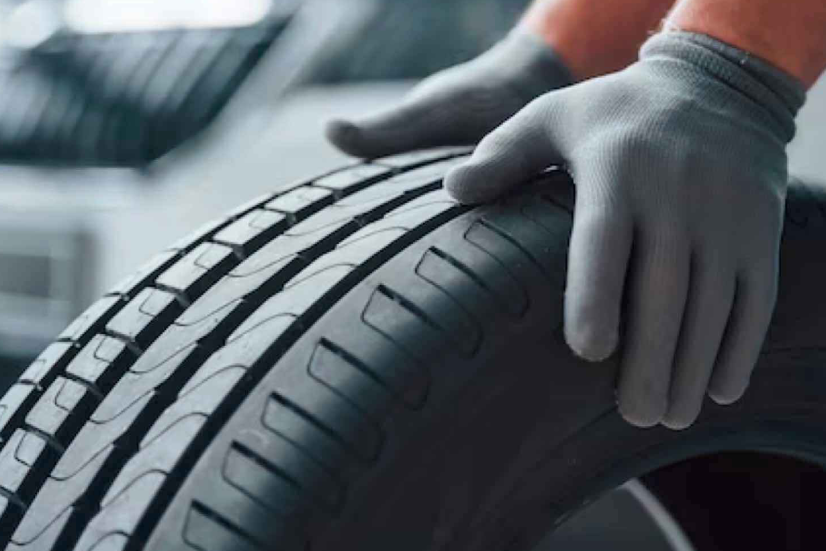 10 Proven Tips to Make Your Car Tyres Last Longer
10 Proven Tips to Make Your Car Tyres Last Longer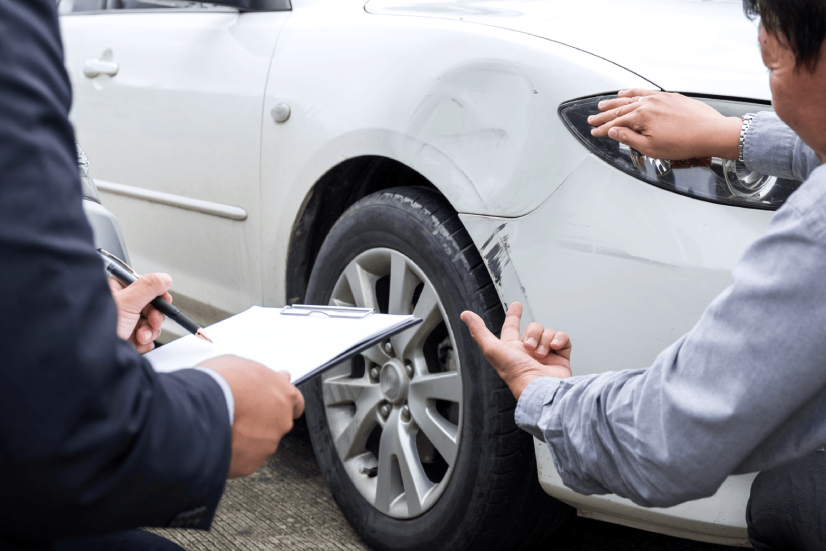 The Advantages of Choosing Paintless Dent Repair
The Advantages of Choosing Paintless Dent Repair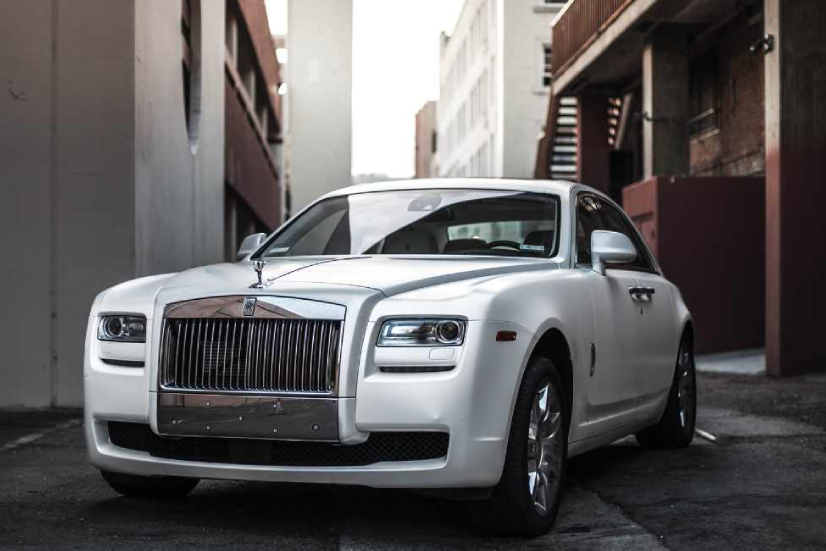 Rolls-Royce – Most Common Faults and How to Keep Yours in Perfect Condition
Rolls-Royce – Most Common Faults and How to Keep Yours in Perfect Condition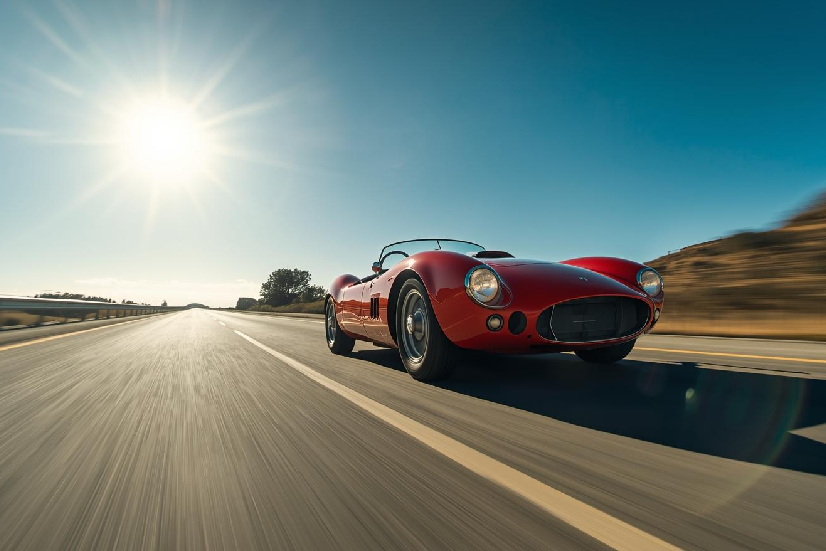 Bentley – Most Common Faults and How to Prevent Them
Bentley – Most Common Faults and How to Prevent Them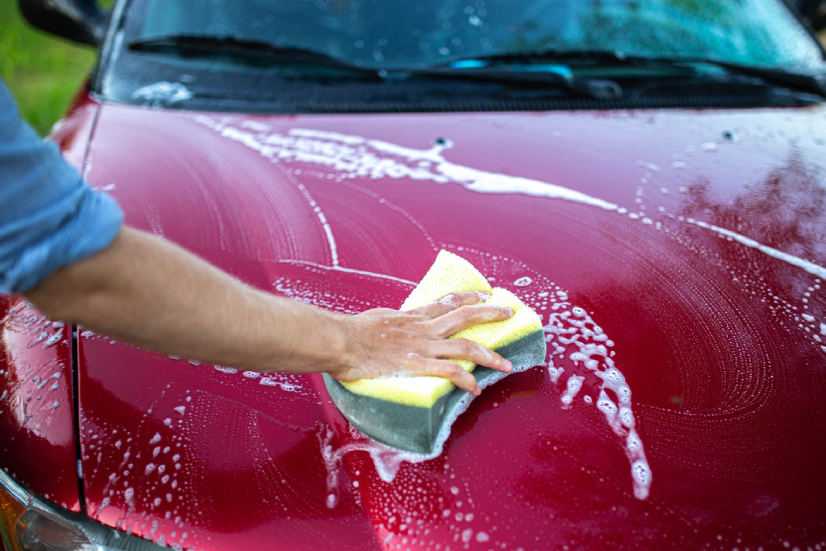 5 Proven Ways to Remove Tree Sap From Your Car Without Damaging the Paint
5 Proven Ways to Remove Tree Sap From Your Car Without Damaging the Paint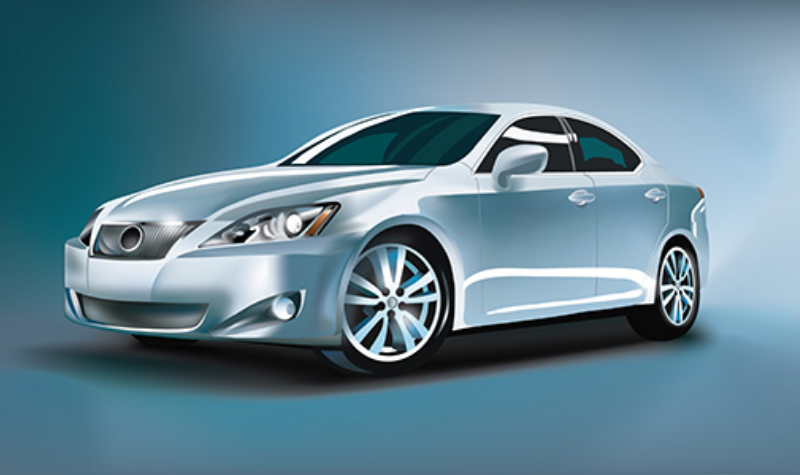 Discover the Most Typical Issues with Lexus Cars
Discover the Most Typical Issues with Lexus Cars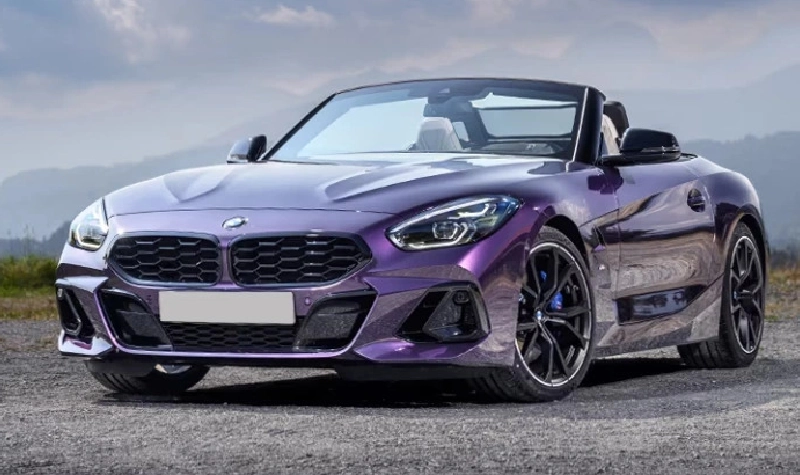 What are the Common BMW Issues and How to Fix Them?
What are the Common BMW Issues and How to Fix Them?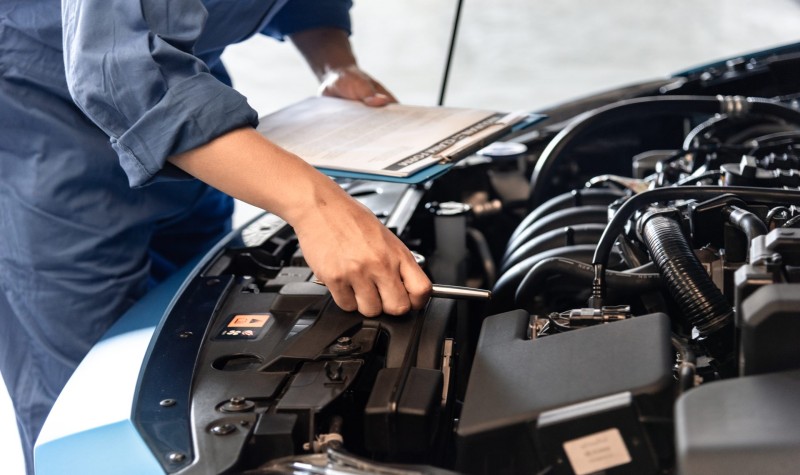 Engine Seized or Locked Up? Here’s What You’re Really Dealing With
Engine Seized or Locked Up? Here’s What You’re Really Dealing With Is It Safe to Drive with Reduced Engine Power?
Is It Safe to Drive with Reduced Engine Power?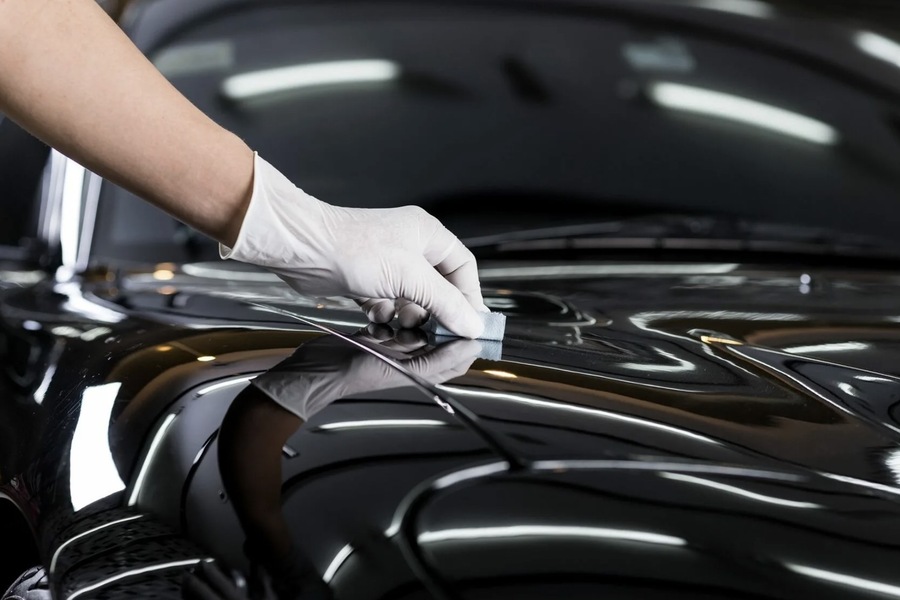 What Type of Car Paint Protection Is Best in Abu Dhabi? | Ultimate Guide
What Type of Car Paint Protection Is Best in Abu Dhabi? | Ultimate Guide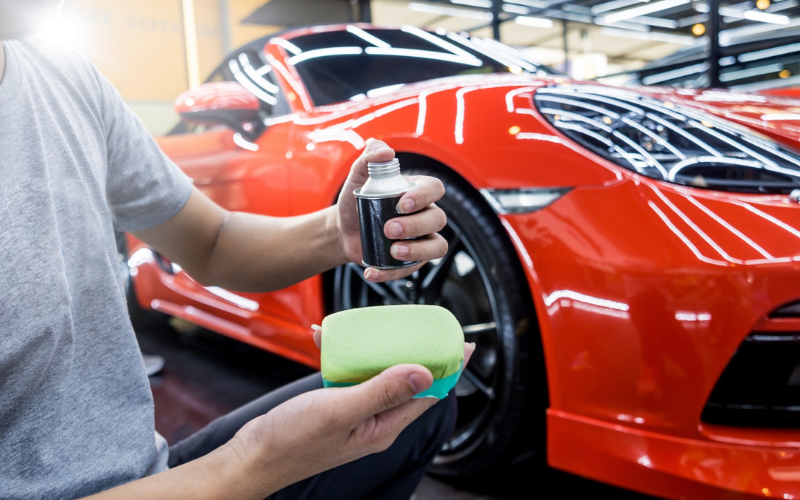 How Does Ceramic Coating Protect Your Car’s Paint?
How Does Ceramic Coating Protect Your Car’s Paint? 5 Most Common Oil Mistakes That Might Ruin Your Car
5 Most Common Oil Mistakes That Might Ruin Your Car When Should You Replace Your Tires? Warning Signs You Shouldn’t Ignore
When Should You Replace Your Tires? Warning Signs You Shouldn’t Ignore Common Range Rover Problems and How to Fix Them
Common Range Rover Problems and How to Fix Them How Weather Conditions Affect Your Car Battery and How to Protect It?
How Weather Conditions Affect Your Car Battery and How to Protect It?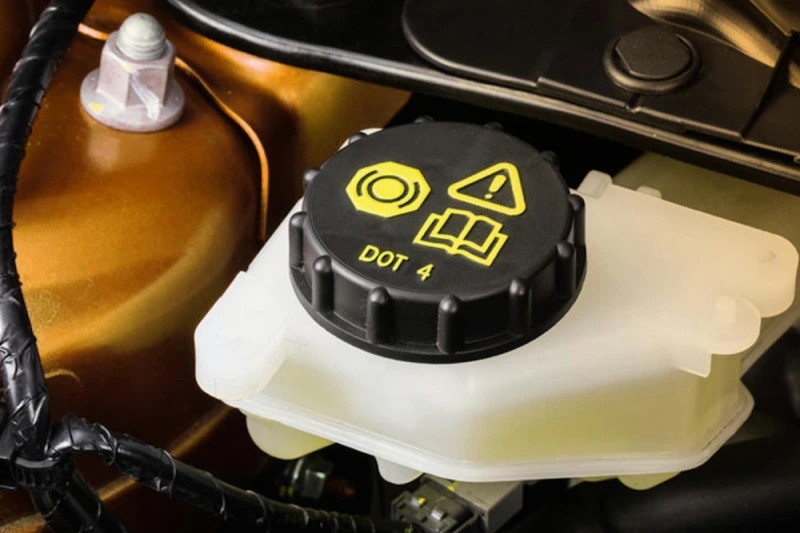 Why Brake Fluid is Essential for Your Car’s Safety in Ras Al Khaimah
Why Brake Fluid is Essential for Your Car’s Safety in Ras Al Khaimah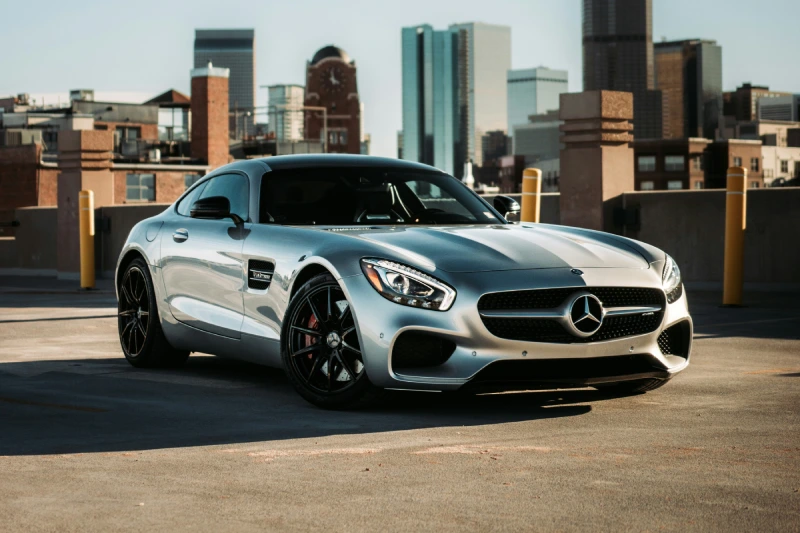 Mercedes-Benz Engine Repair: Common Issues and How to Fix Them
Mercedes-Benz Engine Repair: Common Issues and How to Fix Them Top Signs Your Car AC Needs Immediate Repair in Abu Dhabi
Top Signs Your Car AC Needs Immediate Repair in Abu Dhabi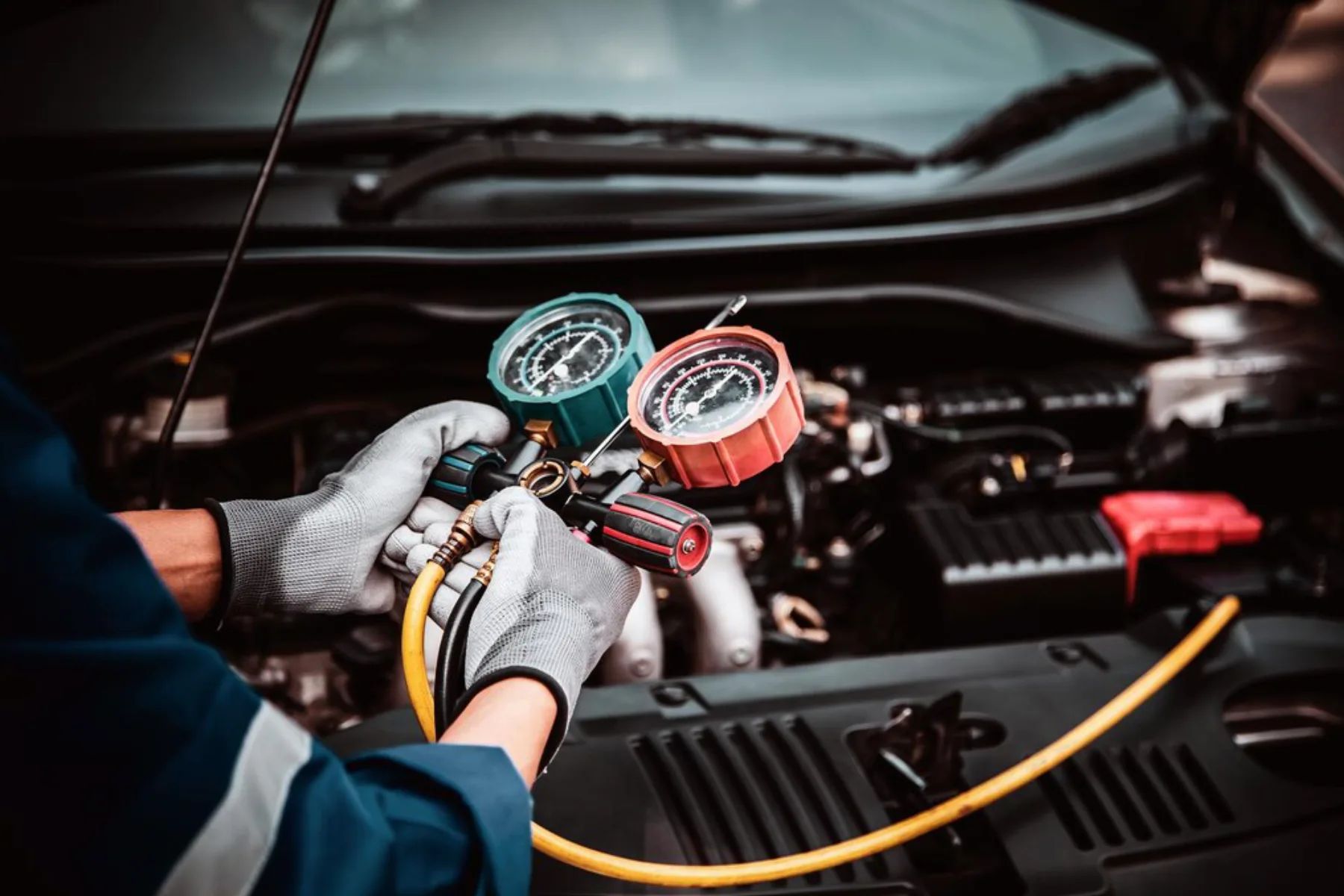 The Ultimate Guide to Car AC Repair: Everything You Need to Know
The Ultimate Guide to Car AC Repair: Everything You Need to Know How to Find a Reliable Car Garage Near Me in Abu Dhabi
How to Find a Reliable Car Garage Near Me in Abu Dhabi Why Car Detailing is Essential in Ras Al Khaimah
Why Car Detailing is Essential in Ras Al Khaimah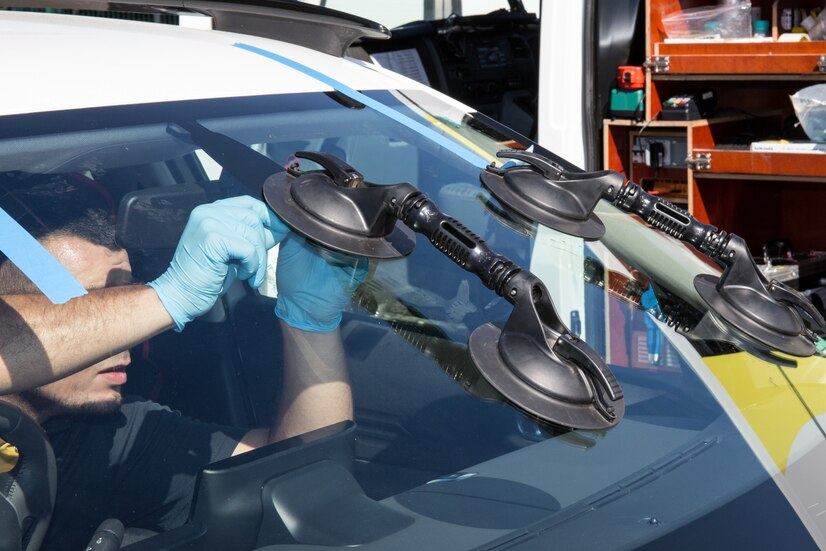 Windscreen Repair vs. Windscreen Replacement: Which One Do You Need?
Windscreen Repair vs. Windscreen Replacement: Which One Do You Need? Top Signs Your Car Battery Needs to Be Replaced
Top Signs Your Car Battery Needs to Be Replaced The Importance of Regular Tire Maintenance: Tips and Tricks
The Importance of Regular Tire Maintenance: Tips and Tricks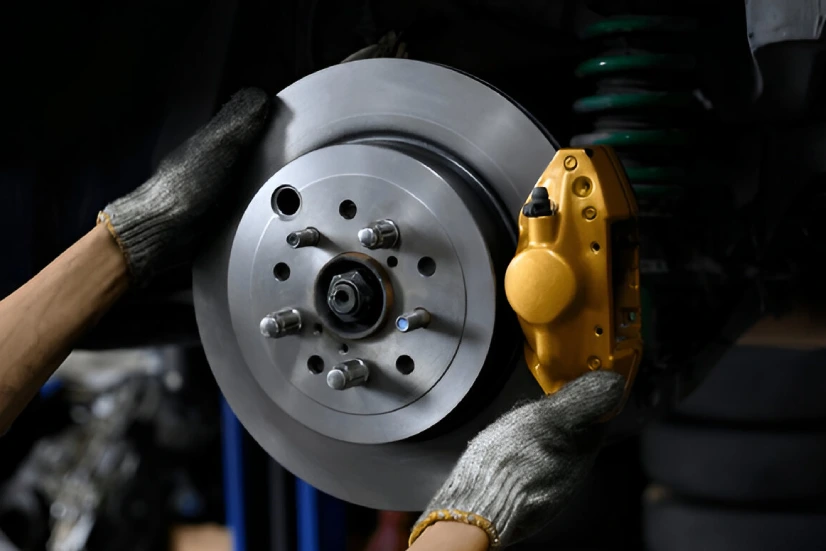 Understanding Brake Issues: When to Repair or Replace Your Brakes
Understanding Brake Issues: When to Repair or Replace Your Brakes What Can One Expect During a Full Vehicle Inspection?
What Can One Expect During a Full Vehicle Inspection? Top-Rated Car Garages in Ras Al Khaimah: A Comparative Guide
Top-Rated Car Garages in Ras Al Khaimah: A Comparative Guide 5 Common Engine Problems and How to Fix Them: A Guide for Car Owners
5 Common Engine Problems and How to Fix Them: A Guide for Car Owners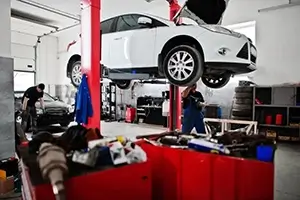 Signs You Need to Take Your Car to the Mechanic
Signs You Need to Take Your Car to the Mechanic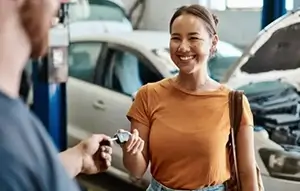 Exploring Unusual Smells in Cars: A Guide to Identifying and Resolving Odors
Exploring Unusual Smells in Cars: A Guide to Identifying and Resolving Odors Bespoke Care for Your Range Rover: Understanding the Importance of Regular Service
Bespoke Care for Your Range Rover: Understanding the Importance of Regular Service Quick Tips for Finding the Best Car Mechanic Near You
Quick Tips for Finding the Best Car Mechanic Near You Choosing the right car repair workshop: Factors to consider
Choosing the right car repair workshop: Factors to consider Expert Car Mechanics Near Me: How to Identify Skill and Experience
Expert Car Mechanics Near Me: How to Identify Skill and Experience The Benefits of Regular Car Servicing for Optimal Performance and Safety
The Benefits of Regular Car Servicing for Optimal Performance and Safety Trusted Car Garages Near Me: How to Avoid Shoddy Repairs
Trusted Car Garages Near Me: How to Avoid Shoddy Repairs Preventing Costly Repairs with Routine Car Maintenance and Inspections
Preventing Costly Repairs with Routine Car Maintenance and Inspections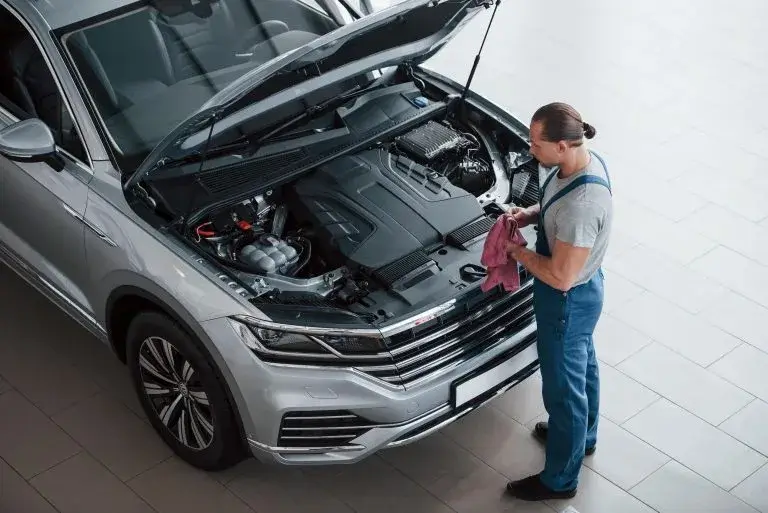 Navigating the Car Repair Industry: How to Find Honest and Affordable Services
Navigating the Car Repair Industry: How to Find Honest and Affordable Services Understanding the Basics of Car Maintenance and Repair for Vehicle Owners
Understanding the Basics of Car Maintenance and Repair for Vehicle Owners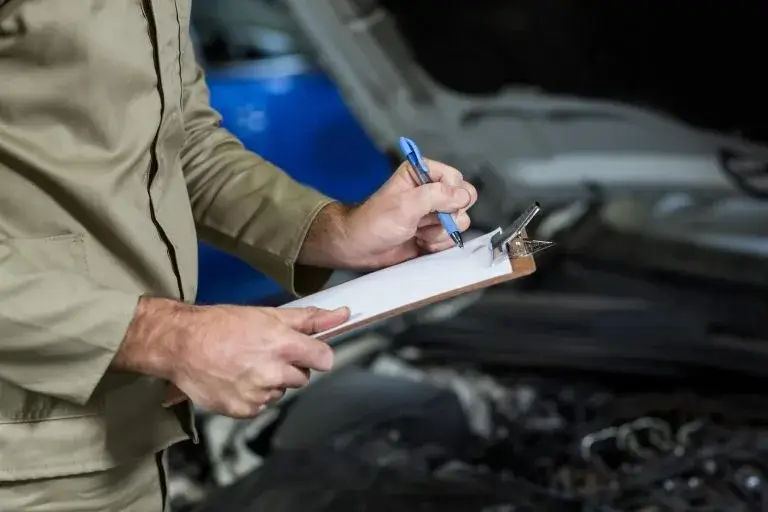 Why regular car servicing is crucial for long term vehicle health?
Why regular car servicing is crucial for long term vehicle health?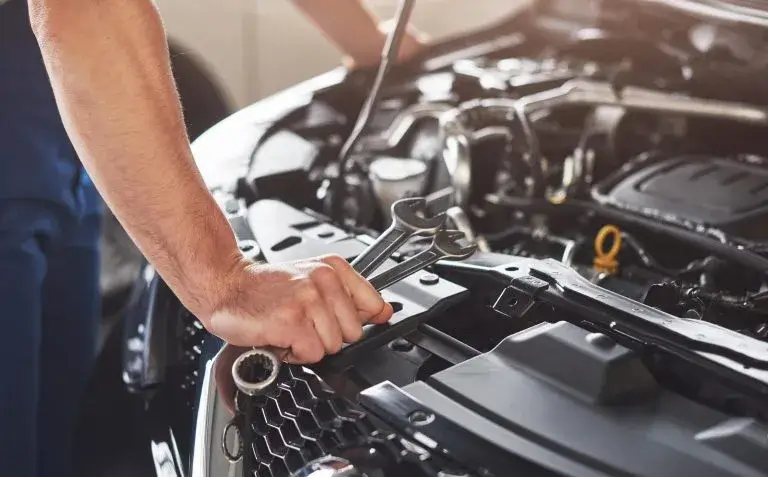 Maximizing the Lifespan of Your Vehicle with Routine Car Maintenance
Maximizing the Lifespan of Your Vehicle with Routine Car Maintenance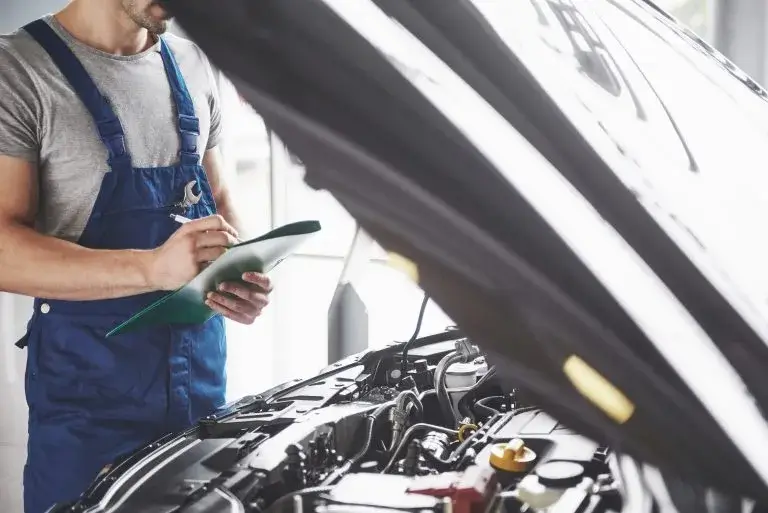 The importance of Pre-purchase car inspections: Don’t buy a lemon
The importance of Pre-purchase car inspections: Don’t buy a lemon